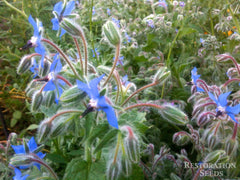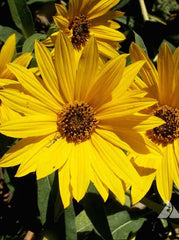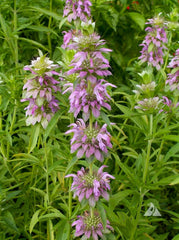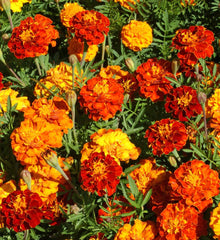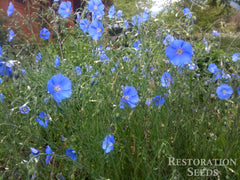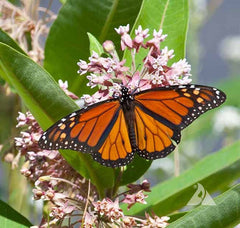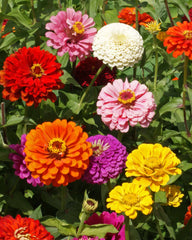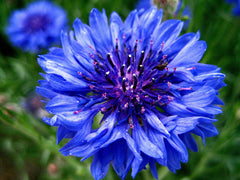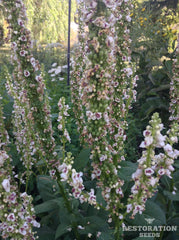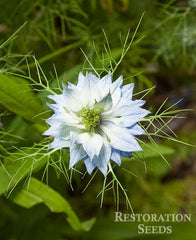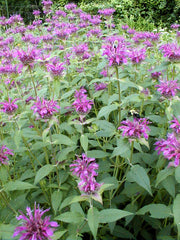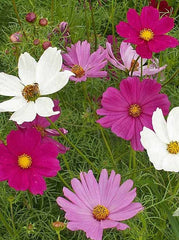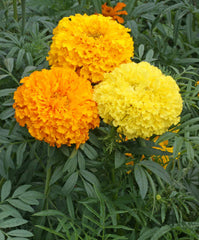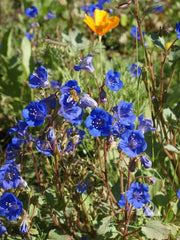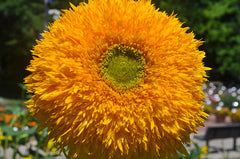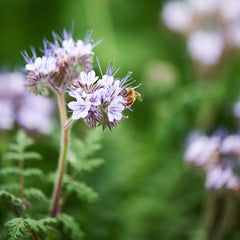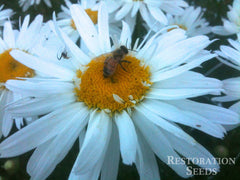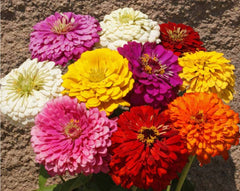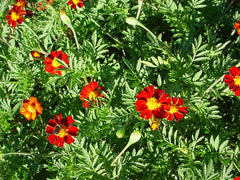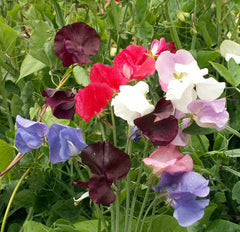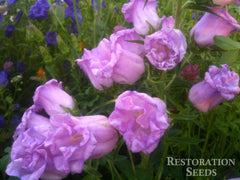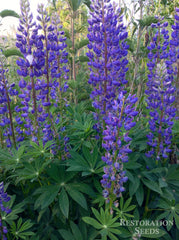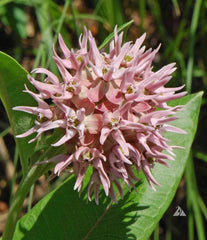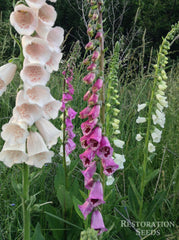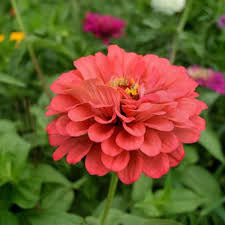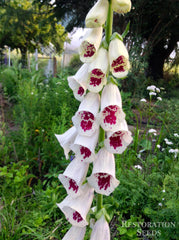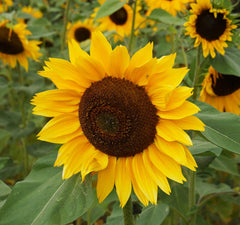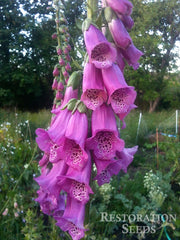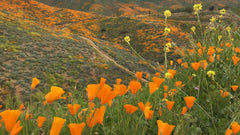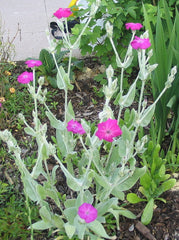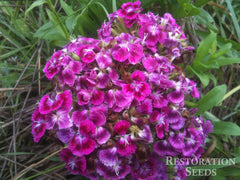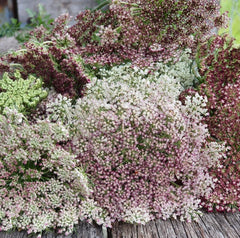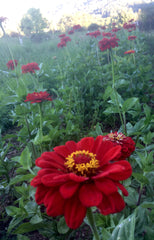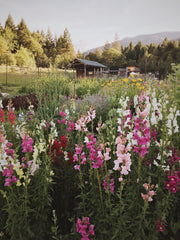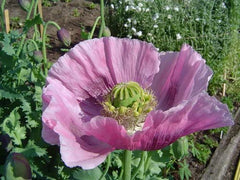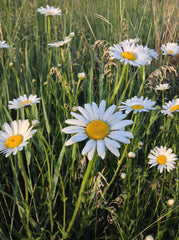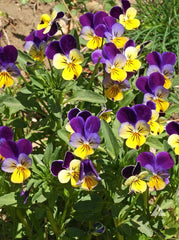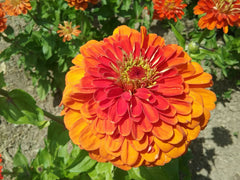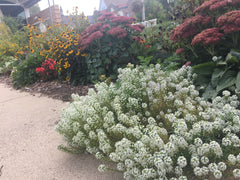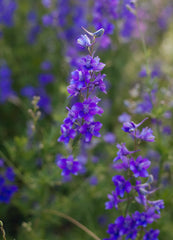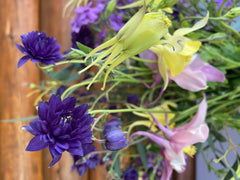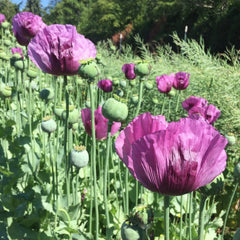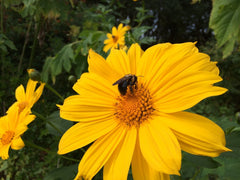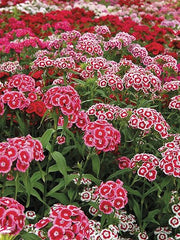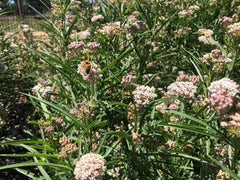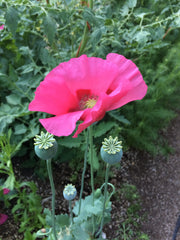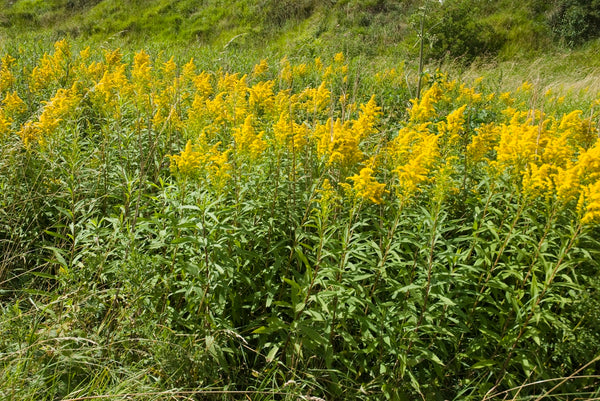Canada Goldenrod
Solidago canadensis
HOW TO GROW CANADA GOLDENROD
Direct sow in the late fall by pressing seeds onto the surface of the soil. Needs light to germinate. For spring planting, mix the seeds with sand and cold stratify in the refrigerator for 8 weeks prior to planting. Seedlings need to be kept moist until they are well established. Mature plants can tolerate some drought conditions, and can grow well in a variety of soils, from clay to sandy. Plants will self-seed and spread through rhizomes quickly. Hardiness zones 3-9. Perennial.
140,000 seeds per ounce.
Planting Depth surface requires light
Plant Spacing 4’
Row Spacing 4’
Storage Refrigerate
Full Sun, Moist Well Drained Soil
140,000 seeds per ounce.
Planting Depth surface requires light
Plant Spacing 4’
Row Spacing 4’
Storage Refrigerate
Full Sun, Moist Well Drained Soil
- 100 Seeds$4.10
- 1000 Seeds$15.50
Canada Goldenrod is an herbaceous perennial plant that grows 2-4’ tall, and sometimes upwards of 6’ tall. Warm golden flowers bloom in the late summer when most wildflowers are finished blooming. Spread by self-seeding and rhizomes, goldenrod is widely adaptable and grows in a variety of soil types and dry or wet co...
Canada Goldenrod is an herbaceous perennial plant that grows 2-4’ tall, and sometimes upwards of 6’ tall. Warm golden flowers bloom in the late summer when most wildflowers are finished blooming. Spread by self-seeding and rhizomes, goldenrod is widely adaptable and grows in a variety of soil types and dry or wet conditions. Very cold hardy. It feeds diverse types of pollinators, and is a host plant for the northern checkerspot butterfly. Most noteworthy is that goldenrod will grow in soils contaminated by nuclear and industrial waste, heavy metals, and soils charred by wildfire. It is resilient! All parts of the Canadian Goldenrod is an incredibly versatile medicinal plant. Its genus name, “Solidago” comes from the Latin word, “to make whole”. The root can be applied as a poultice to healing burns. The properties of the blossoms are astringent, analgesic, and antiseptic, particularly helpful for urinary tract infections. A tea made from the flowers treats fevers, body aches, and gastro-enteritis. The saponins in the plant are antifungal and treat thrush when made into a mouthwash. The whole plant is a dye plant, and produces earthy orange, golden, mustard, and brown hues. Goldenrod is an amazing butterfly and bee attractant. For cut flowers, choose stems with flowers that have just opened. Deer resistant. Tags: Harvest: Late, Color: Yellow, Size: Large, Season: Late Summer Fall.
Canadian goldenrod is native to northeastern and north-central North America, and is found in a variety of habitats, from dry locations to very wet places. It is often one of the first plants to colonize an area after a disturbance, such as wildfire, but will not continue to grow once shrubs and trees become established. Goldenrod is an invasive plant in other parts of continent, as well as in Europe and Asia.
Canadian goldenrod is native to northeastern and north-central North America, and is found in a variety of habitats, from dry locations to very wet places. It is often one of the first plants to colonize an area after a disturbance, such as wildfire, but will not continue to grow once shrubs and trees become established. Goldenrod is an invasive plant in other parts of continent, as well as in Europe and Asia.
Learn More
Meet Your Farmer
We promote fair trade, organic practices and environmental responsibility throughout the Restoration Seeds supply chain. Below are the family farmers and seed suppliers who bring our open pollinated seeds to you.
Waterleaf Farm
Organically Grown
Seed grower since 2008
![]()
Waterleaf Farm is a small sustainable flower farm growing on Southern Oregon Land Conservancy (Eagle Mill Farm). Mostly a fresh cut flower farm, Melanie also grows herbs and has been saving seeds from over 30 varieties of crops for years. Waterleaf Farm also offers workshops to deepen in connection with the plants and U-pick flowers. Growing in Oregon since 2008.
Reviews
